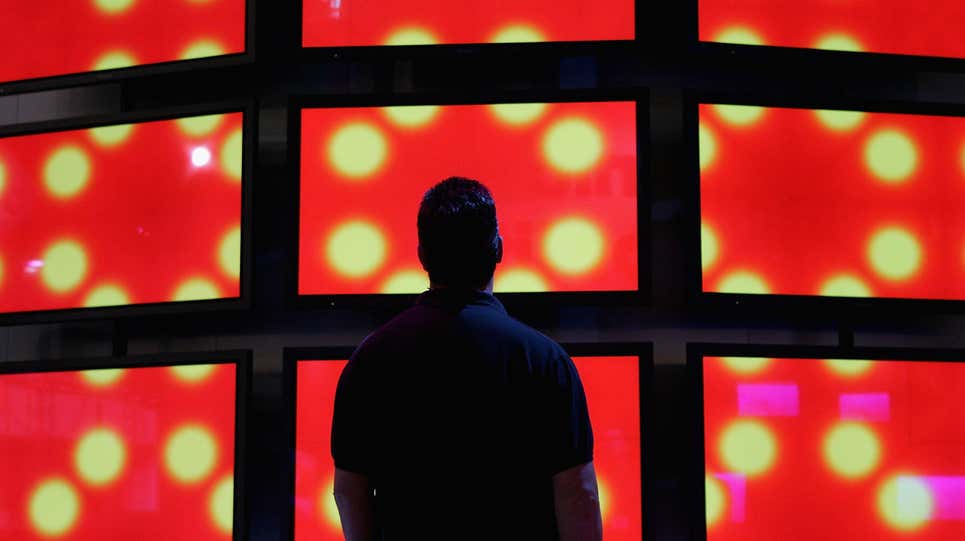A new Nielsen system can tally how bingeable a season of Game of Thrones is (“Very”), label its mood (“Dark”), and classify on-screen talent (“Dragons”).
 |
| Photo: Justin Sullivan (Getty Images) |
Nielsen is launching a new product aimed at shoring up the accuracy of its TV ratings system: a series of datasets meant to quantify a program’s “bingeability,” along with a show’s propensity to keep viewers coming back for more episodes down the line. The ratings giant explained in a statement Thursday that streaming services and major networks could each use this data to figure out which shows are better at wooing new viewers or retaining old ones.
These insights are coming courtesy of a metadata-centric company called Gracenote, which Nielsen acquired back in 2017 to provide its clients with “deeper analytics.” In practice, that means tallying how “bingeable” a season of Game of Thrones might be (“Very”). As the company noted in a press release from 2019, this also means labeling that season’s mood (“Dark” and “Gripping,” according to Gracenote), and classifying the kind of talent that’s onscreen (the press release specifically notes “Dragons”). Two years later, Gracenote debuted another offering built to measure how “diverse” that season of Game of Thrones might be, by tallying the number of “identity group’s” like Black or LGBTQ individuals among the leading actors.
The company’s bingeability measurement is based off “the average number of TV show episodes watched per day to measure consumer tendency to view multiple episodes in a row.” The new “Distribution Dynamics” dataset will pull people’s video viewing habits from all those devices to measure a shows’ inherent bingeability, Nielsen said. A shows’ ability to draw “loyalty” from viewers, meanwhile, is judged based on “the number of minutes and percentage of available content viewed per month,” which Nielsen says shows “how likely viewers are to continue watching a program.”
In the 1950's, Nielsen’s ratings system was widely accepted as the standard way to measure the merit of America’s favorite shows. In the 2020's, that same standard is also widely accepted to be inaccurate and outdated, leaving cable execs furious at best and filing lawsuits at worst. Nielsen, in response, has tried to get up to speed with the newfangled ways people are consuming content—like say, binge-watching their program of choice—on those streaming services the kids seem to love.
Considering how the notion of binge watching has been around for nearly a decade, this household name in the entertainment biz—and one that recently pulled in more than $3 billion in global revenue—is late to the game in only starting to track those binges today. At the same time, it’s equally baffling to see the company only starting to track people’s viewing habits on their mobile devices and laptops starting this year, when people more used to YouTube and TikTok have been binge-watching content on their phones and tablets for the entirety of their TV-viewing lives. Netflix, which popularized both streaming TV and binge watching, has eschewed Netflix’s rating system entirely.
I’ve got to admit that it feels a bit weird seeing how our entertainment landscape becoming as surveilled and commodified as, well, every other part of our lives. It feels even weirder to see the shows that bring out pretty powerful emotions in us—that make us laugh or cry or chuck tomatoes at our TV—be boiled down to basic calculus based on the number of mythical creatures it has onscreen or the percentage of gays in the first episode. On the other hand, there’s just Too Many Shows out there already, and this data will undoubtedly help streaming services cut through the clutter, and give the people what they want, even if what they want is to endlessly binge shows about dragons.
